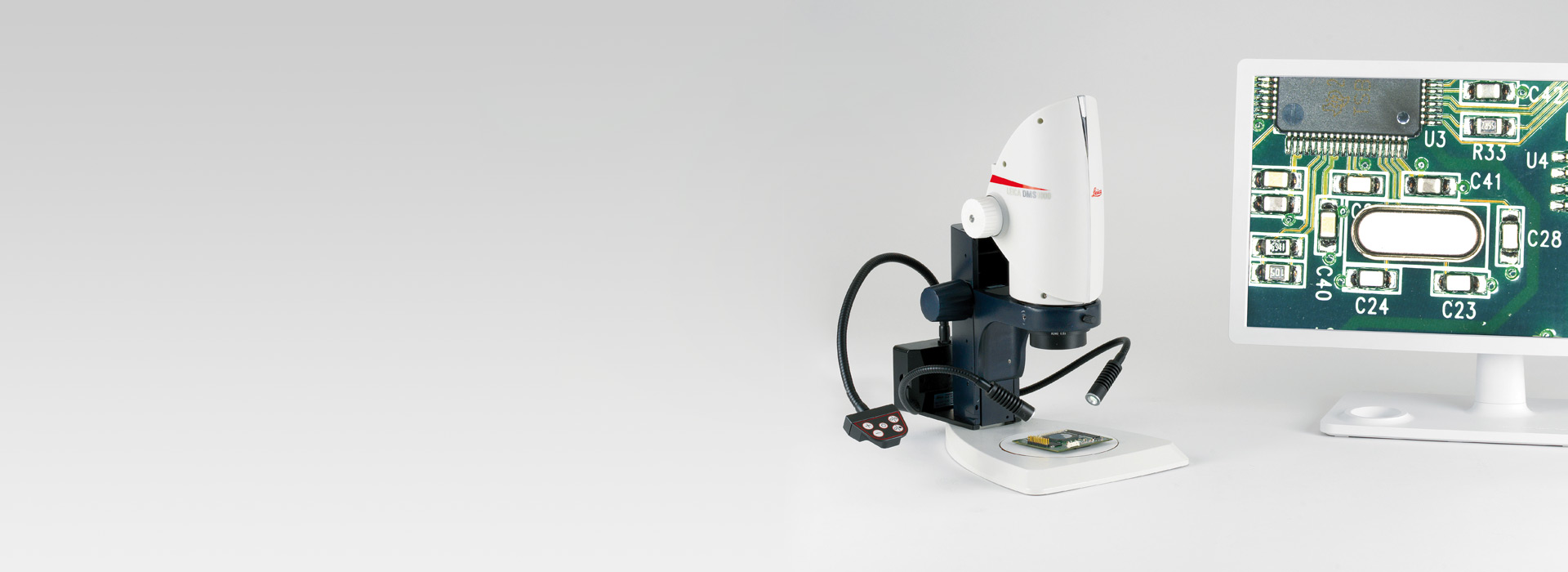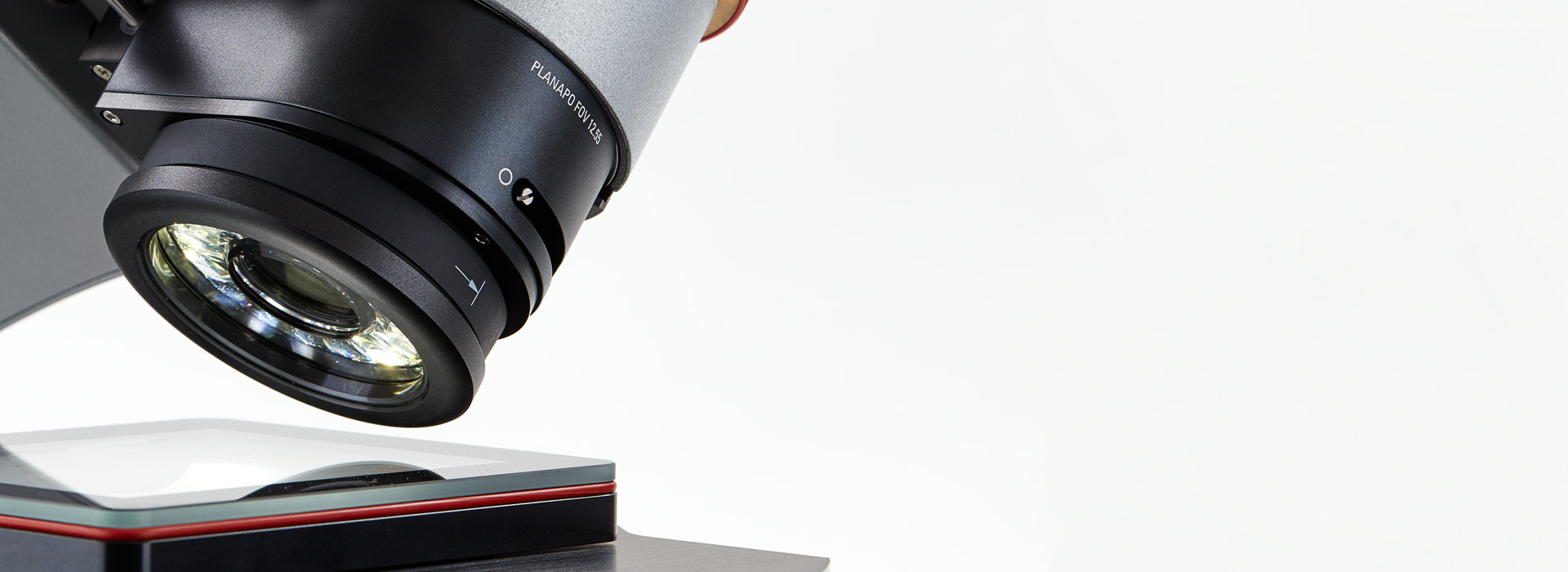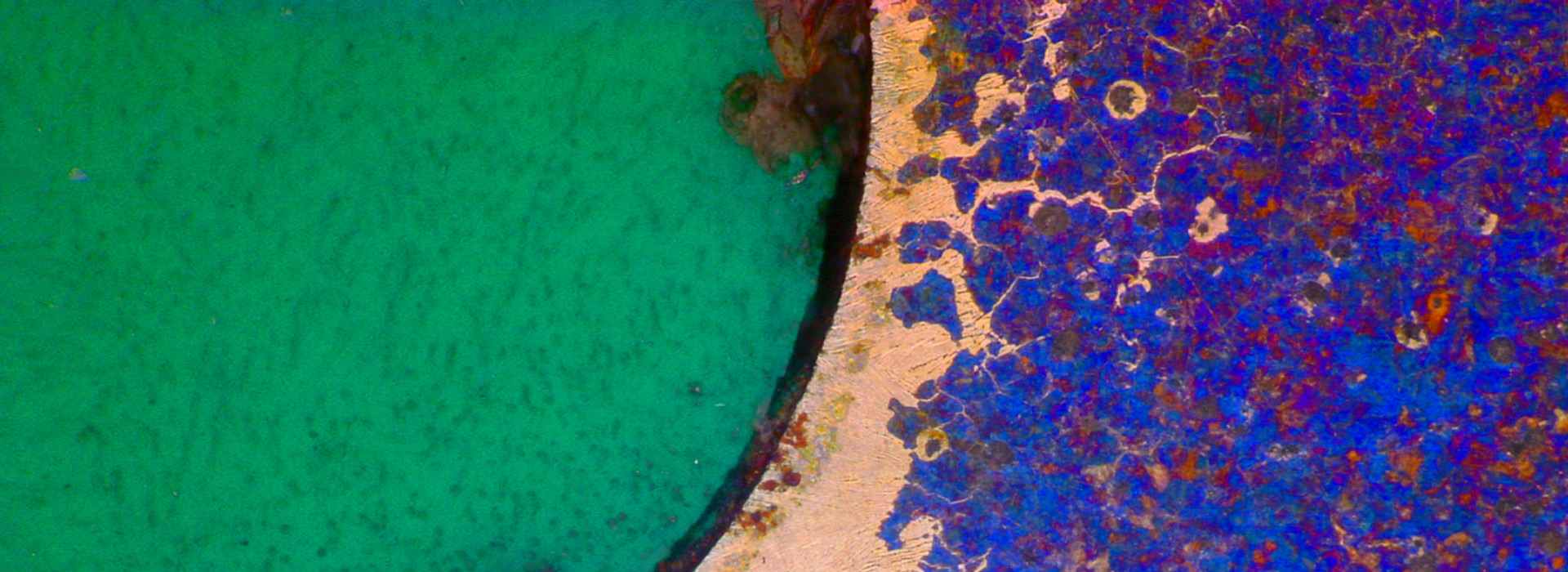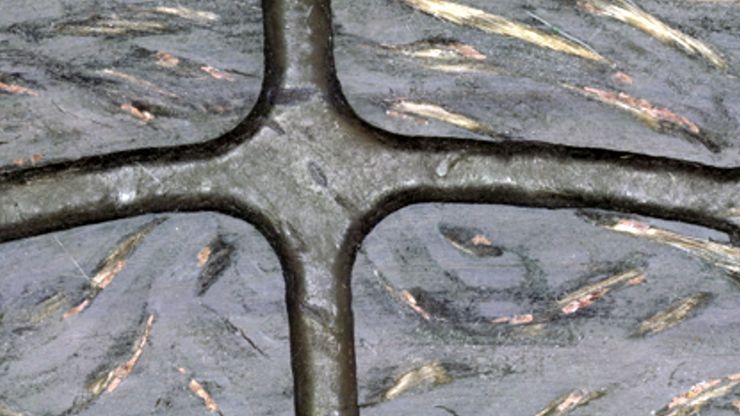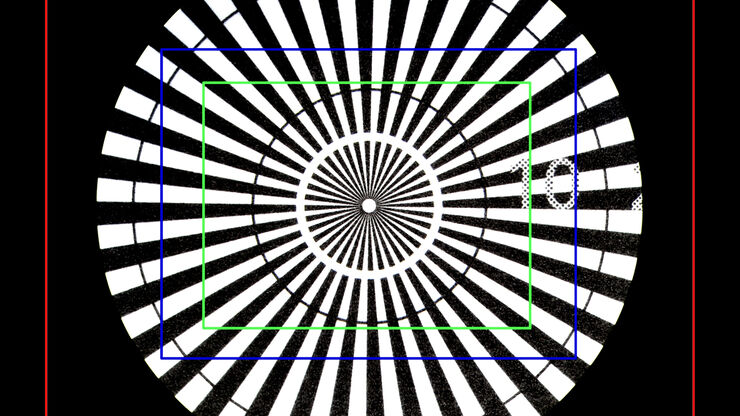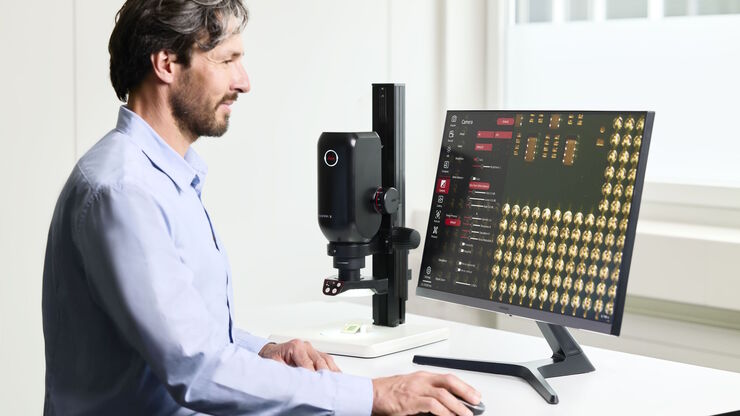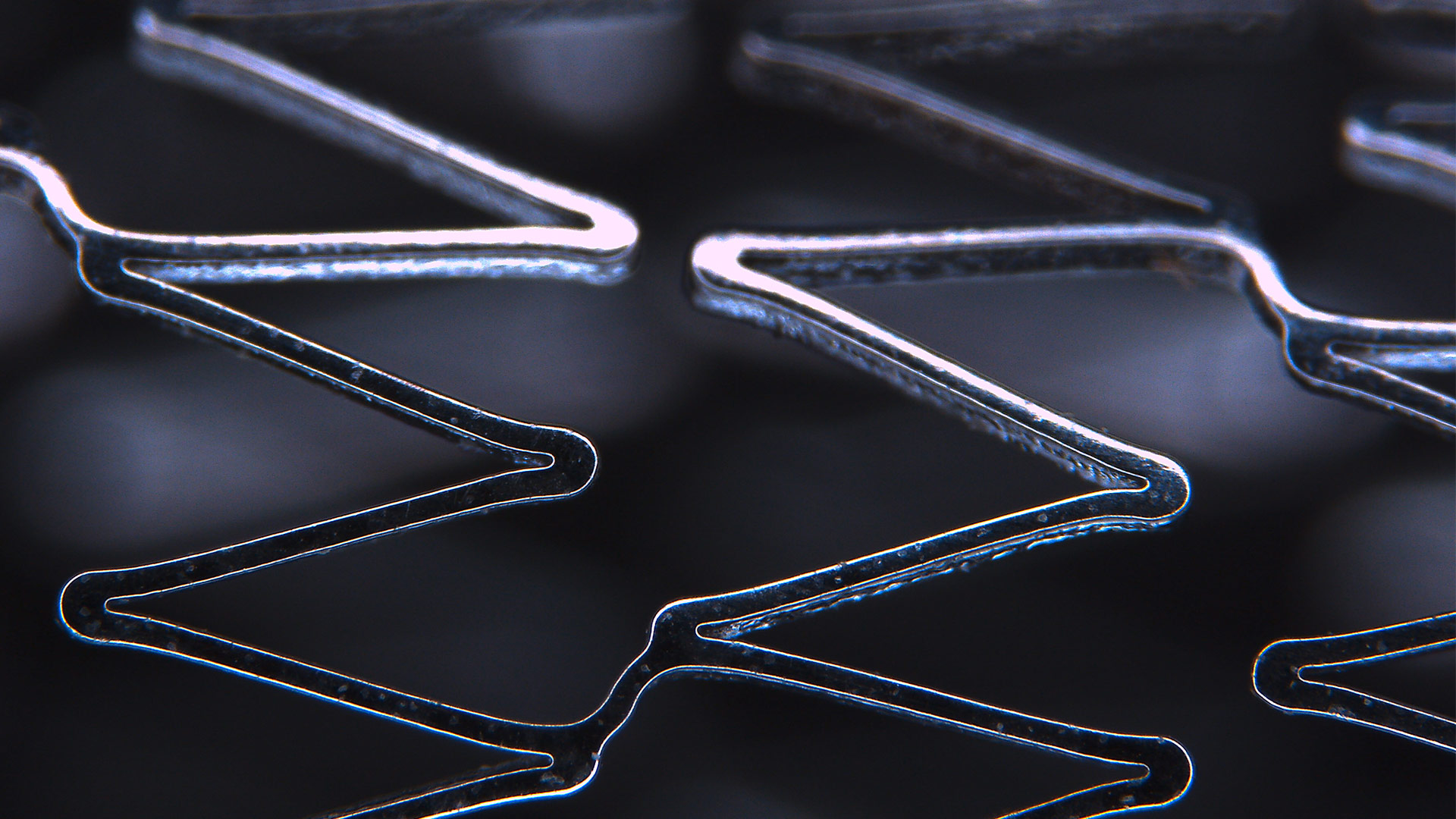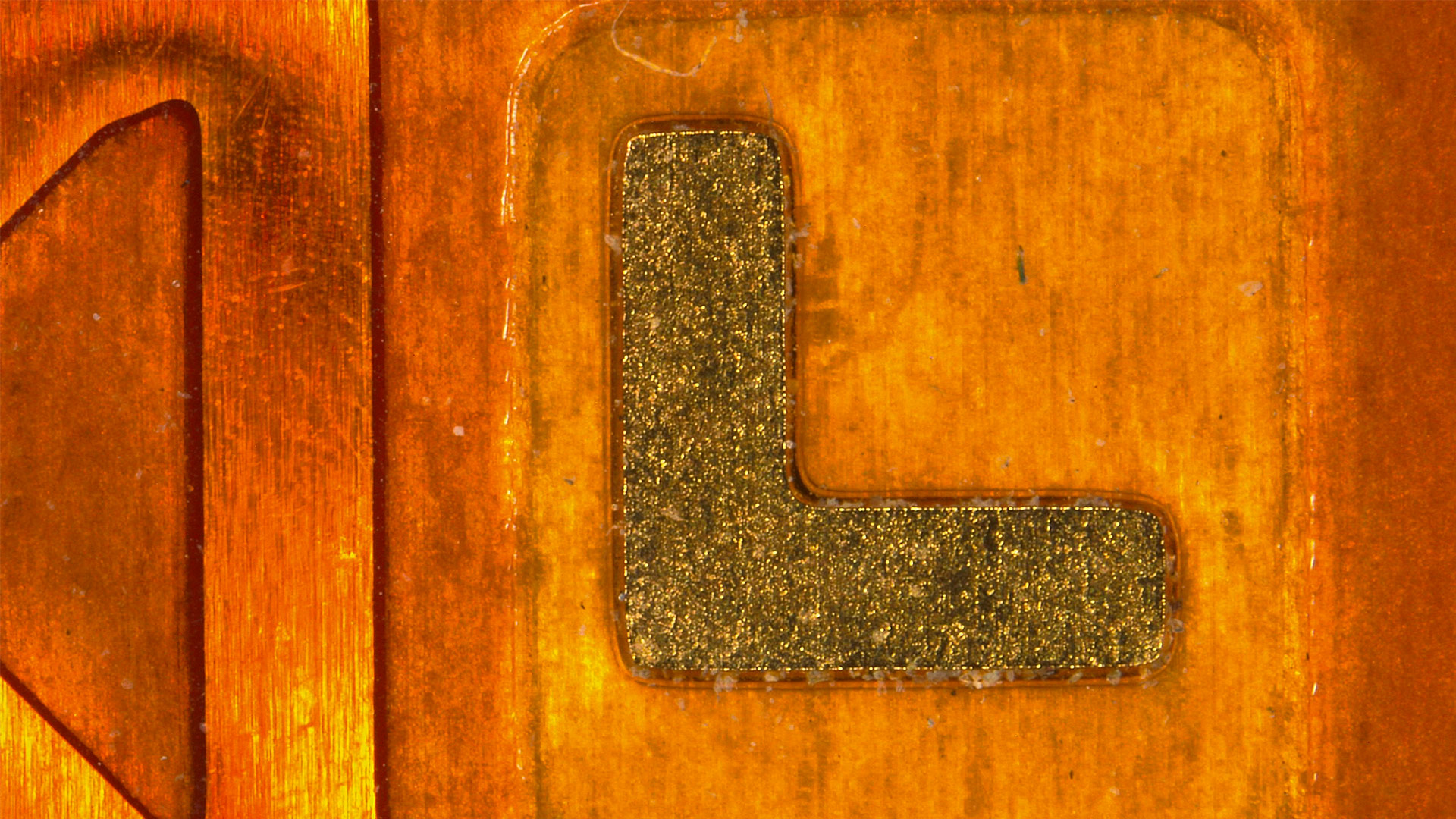Inspection, documentation, and digital analysis without eyepieces
Leica Digital Microscopes have become increasingly popular in production, quality control and quality assurance, failure analysis, research and development, as well as forensics for their excellence in inspection, documentation, analysis in both 2D and 3D.
Constant customer feedback allows our product management and R&D to continue to bring you instruments that both meet your needs and exceed your expectations throughout your working day.
Why use Leica digital microscopes?
Leica Microsystems take great pride in being able to deliver digital microscopes that are optimized over the entire inspection, documentation, and analysis workflow.

Easy operation
Leica digital microscopes can be handled intuitively over the entire microscopy workflow. One example: This video shows how an objective can be exchanged one-handedly.

Smooth workflow
Leica digital microscopes streamline the workflow from positioning the sample to generating a report. Software additionally speeds up handling.

Perfect images
Leica optics are world-renowned for their quality. Digital microscope optics and cameras yield images that capture every detail of your samples with good color fidelity.

Comfortable posture
Leica digital microscopes turn the microscopy workstation into a computer workplace. Working in a straight, upright posture can help prevent health issues resulting from physical strain.

Versatile imaging
Leica digital microscopes offer a long working distance for samples big and small. Together with the large depth of field, this reduces or eliminates the need to prepare the samples.

Peace of mind
Leica digital microscopes yield repeatable, traceable results, no matter how many colleagues use the microscope. Ease of use and features like encoding make this possible.
Software for easy operation and reliable results
Digital microscopy relies heavily on the use of software. It supports users in many ways, one of those being able to reduce complex operations.
Central functions are:
- Acquisition of images and image stacks
- Display and analysis of the 2D and 3D data
- Retaining all details of the images through coded parameters
- Creation of comprehensive reports
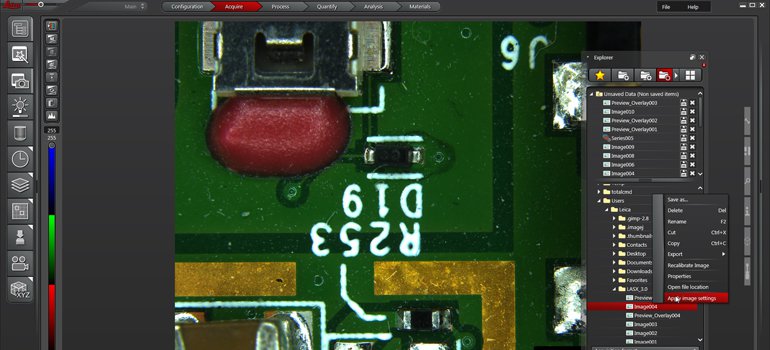
Tilting for more insight
Some digital microscopes offer tilting functionality, thereby allowing samples to be observed from various angles. This is especially helpful for the inspection of:
- Complex structures such as corrosion patterns in metal parts in manufacturing or material science
- Part defects examined during failure analysis
- Bonds used in semiconductor production
- Insects in entomology or forensics
Video functionality allows users to record the changing view of a sample tilting or rotation for further documentation and analysis, and the sharing of those findings.
Less time to catch up, more time to work
Last, but certainly not least, digital microscopes have another advantage:
Inexperienced microscopy users often find working with a digital microscope needs little time getting used to, allowing results to be achieved quickly, and the image checked for quality directly on the screen.

